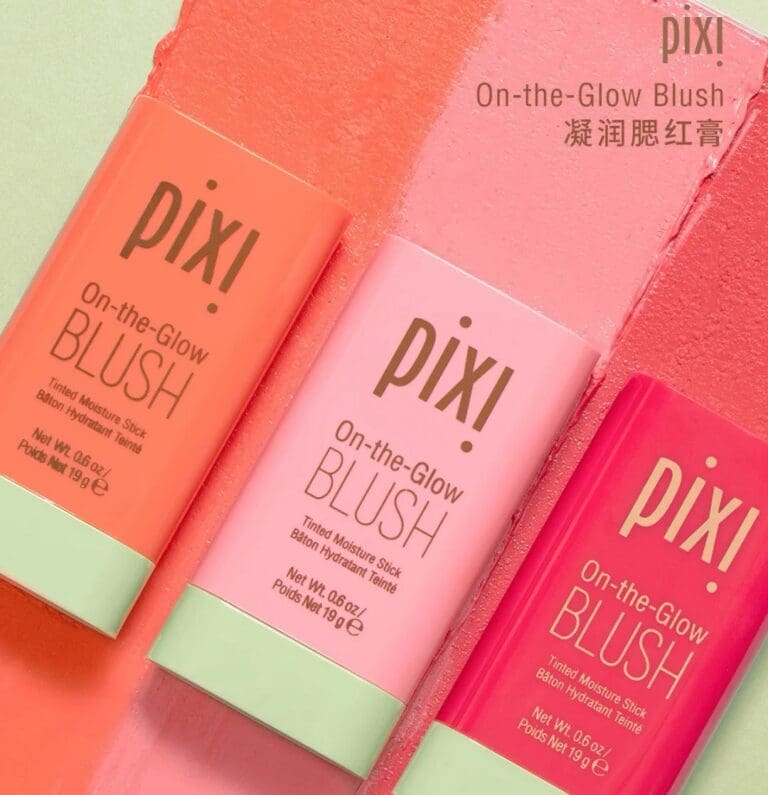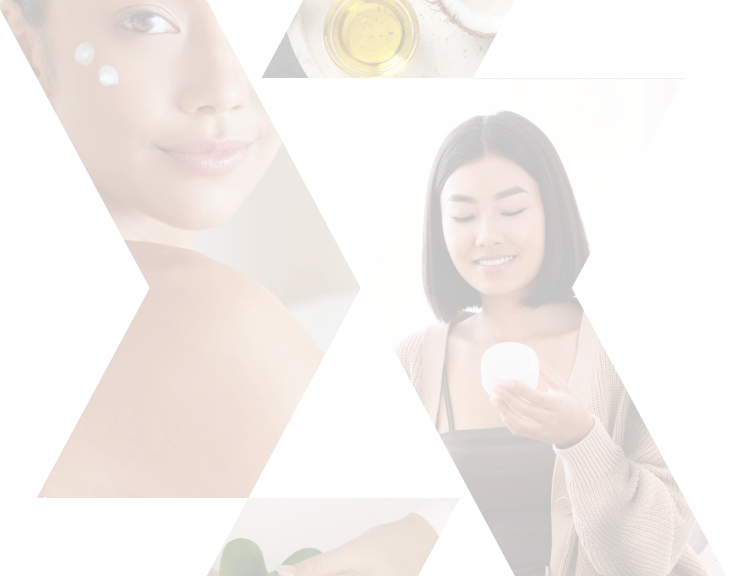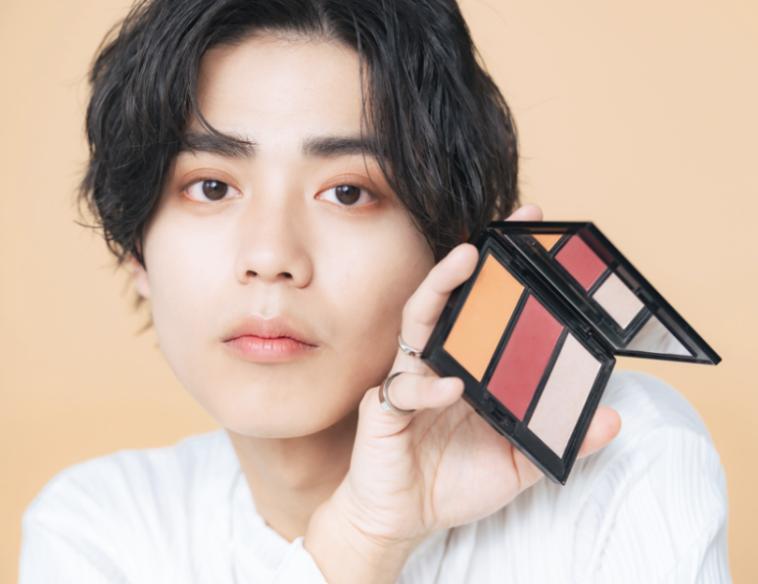
In 2020, China’s male beauty market was worth $1.8 billion. By 2026, it is projected to reach $3 billion, recording a compound annual growth rate of over 15%. Despite its growing prevalence, men’s beauty in China still only represents a fraction of the overall beauty market in China, only making up around 2%. Nevertheless, China’s male beauty market is being touted as a key source of growth in the broader beauty market. A source of optimism for beauty brands lies in the untapped potential of many male consumers that are still unaware of skincare trends and benefits.

Source: Jing Daily
As with other beauty industries that we have covered, Gen-Z constitutes the largest consumer group among males. Chinese men aged between 18-25 account for 59.50% of the total market, while those aged 26-30 account for 21.30%. Like their female counterparts, male beauty consumers are also increasingly utilising platforms such as RED and Douyin (China’s version of TikTok) to learn more about beauty and skincare. In 2022, the search volume for “Men’s Facial Cleanser” on RED increased by 732% month-on-month. On RED, the proportion of men who spend RMB 1,500 per month on skincare products has already surpassed that of female consumers.
Traditional marketplaces such as Tmall and Taobao remain important platforms for Chinese male beauty consumers. Between 2019-2021, the number of men’s skincare brands on these platforms grew over 10% year-on-year. During China’s 618 shopping festival in 2022, sales of men’s care products grew by 20 times on Tmall. A shift in consumer habits began during Covid-19, where skincare, and healthcare more broadly, became a key focus for both men and women. The desire to improve one’s health and image has carried on post-Covid for Chinese consumers. Brands have endeavoured to educate consumers on skincare routines. In the male industry, they have focused on routines post-sport activities, for example.
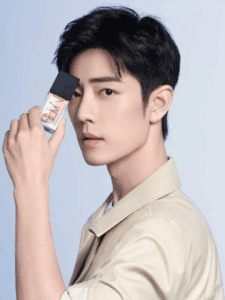
Source: Nars’ Weibo
Contemporary Chinese male consumers are increasingly open to trying new things and mixing up their consumption habits. Breaking traditional gender norms, China’s males are not afraid of buying cosmetics and beauty products for themselves. The most frequently purchased male beauty products are facial cleansers and moisturisers. Male pop stars have become prime marketing channels for beauty brands looking to capitalise on strong skincare consumer demand. In 2021, it is estimated that around 185 million male users were following top beauty key opinion leaders (KOLs) on Chinese social networks. Chinese actor, Xiao Zhan, has collaborated with L’Oréal, YSL Beauty, Nars and Shiseido’s Anessa.
With regards to specific international brands performing well in China, Biotherm was recently ranked as the top men’s skincare label in China. Following this are Nivea, L’Oréal’s Men’s Expert line, and Kiehl’s. Since 2009, L’Oréal Men’s Expert has been collaborating with Chinese celebrities to craft their brand image to appeal to male consumers. Last year, the brand announced actor Yang Yang as its spokesperson. After 2 months, a promotional video of Yang Yang advertising L’Oréal’s male products received 8.5 million views and over 1 million retweets.
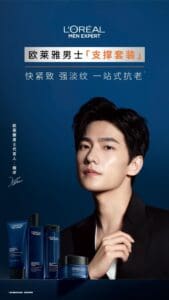
Source: L’Oreal
In May 2022, inspired by video games and CyberPunk NFTs, Unilever China launched a new luxury male skincare brand called EB39. This has largely targeted young Gen-Z male consumers, by appealing to their consumer and personal interests through clever marketing, as well as offering products that solve specific skin issues, such as oily skin and acne.

Source: CBO.cn
Chinese male skincare brands are also becoming increasingly popular among consumers. Simpcare, founded in Guangzhou, has performed exceptionally well during online sales, even outperforming L’Oréal and Kiehl’s in the Men’s Gift Box and Men’s Skincare Set rankings. Sales of the company’s hero product, the Aurora Black Spruce Men’s Skincare Series, also outperformed all other Chinese brands on Tmall within 30 days of its release last year.
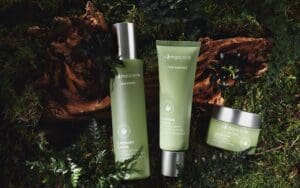
Source: Jing Daily
Overall, the male beauty and skincare market in China is a growing industry with significant potential for growth. The market is being driven by a growing interest in personal grooming among men, with daily moisturising creams and facial cleansers being the most popular products. Women also play a crucial role in building men’s beauty routines and consumption habits, and KOL marketing campaigns have a great influence on male beauty consumers in China. With the market expected to be worth $3 billion by 2026, the competition is growing increasingly intense, with both domestic and international brands vying for a share of the market.


